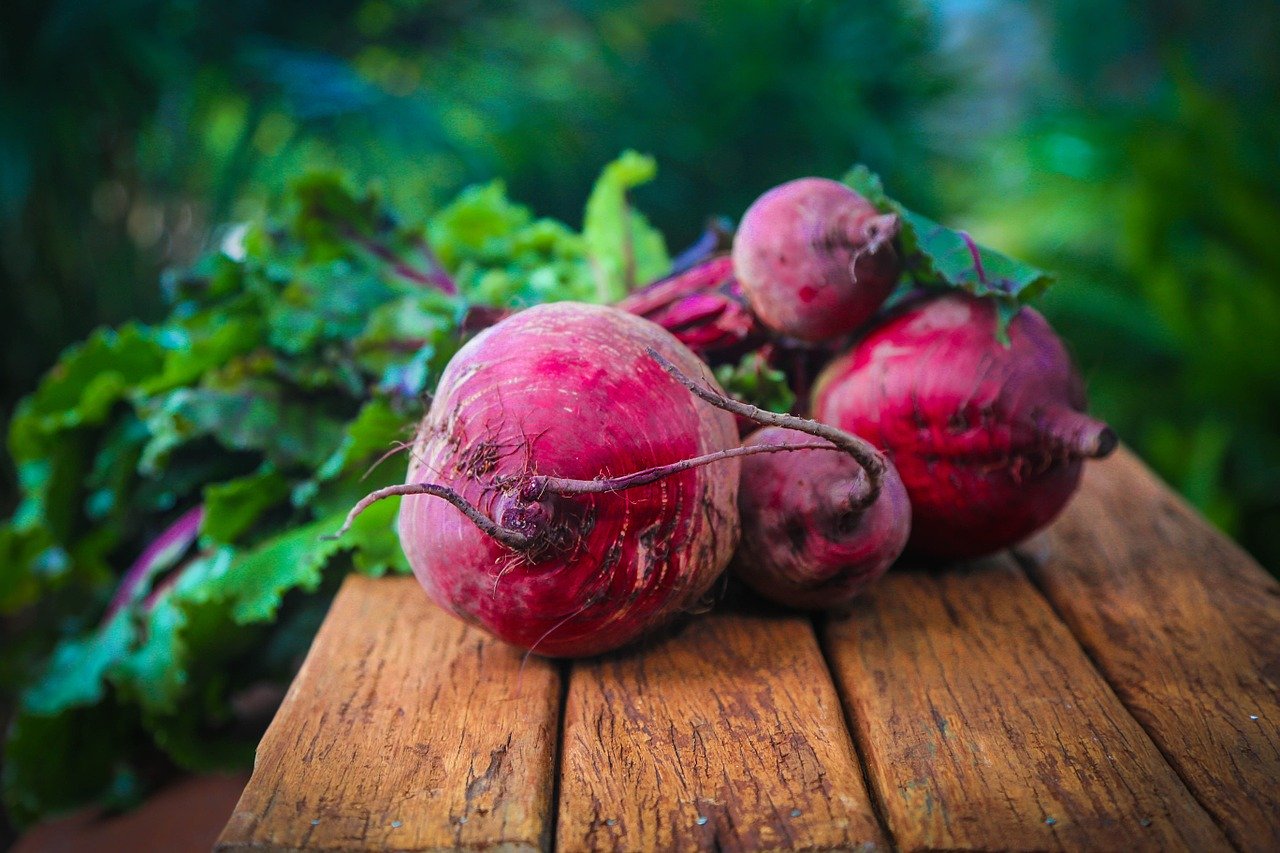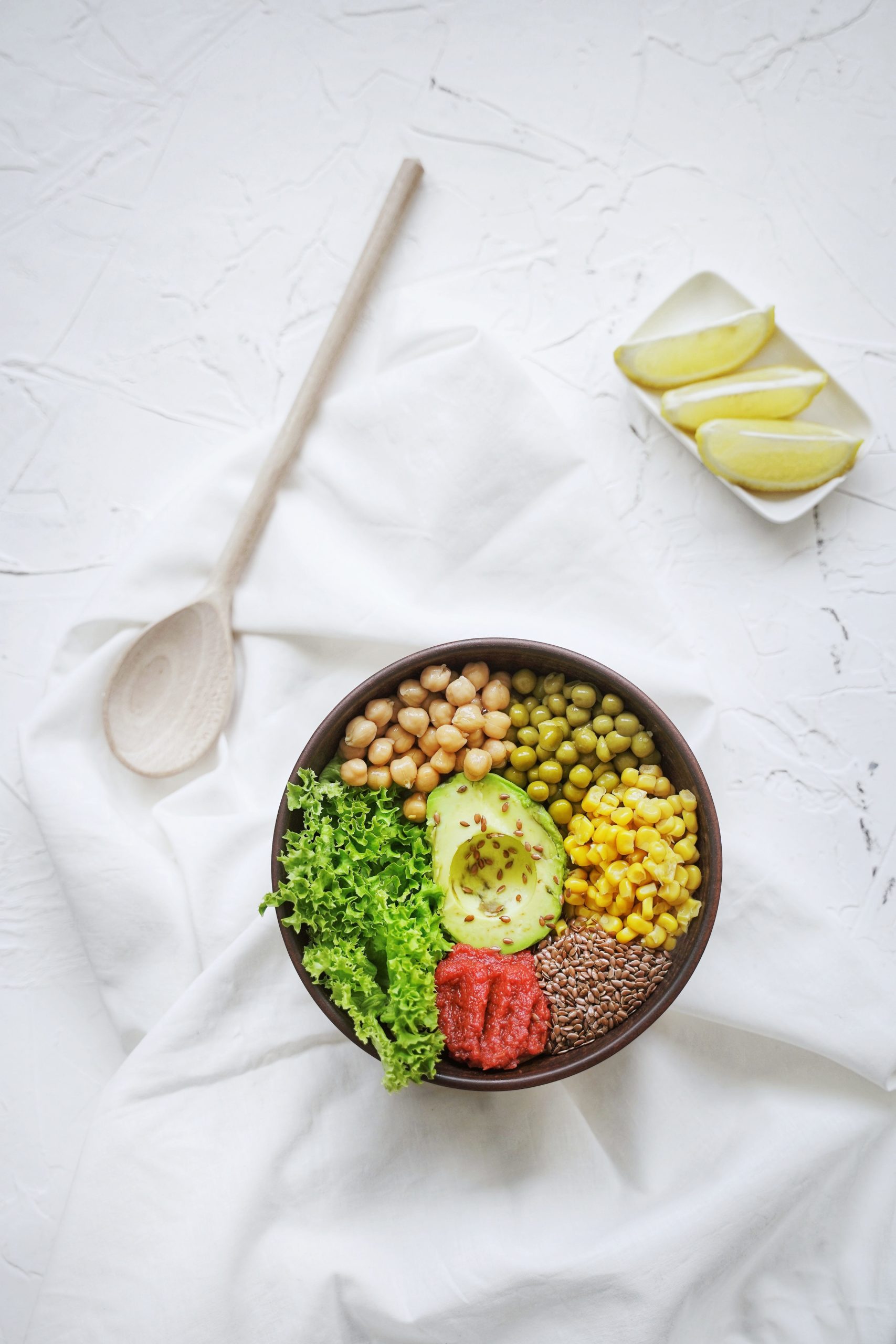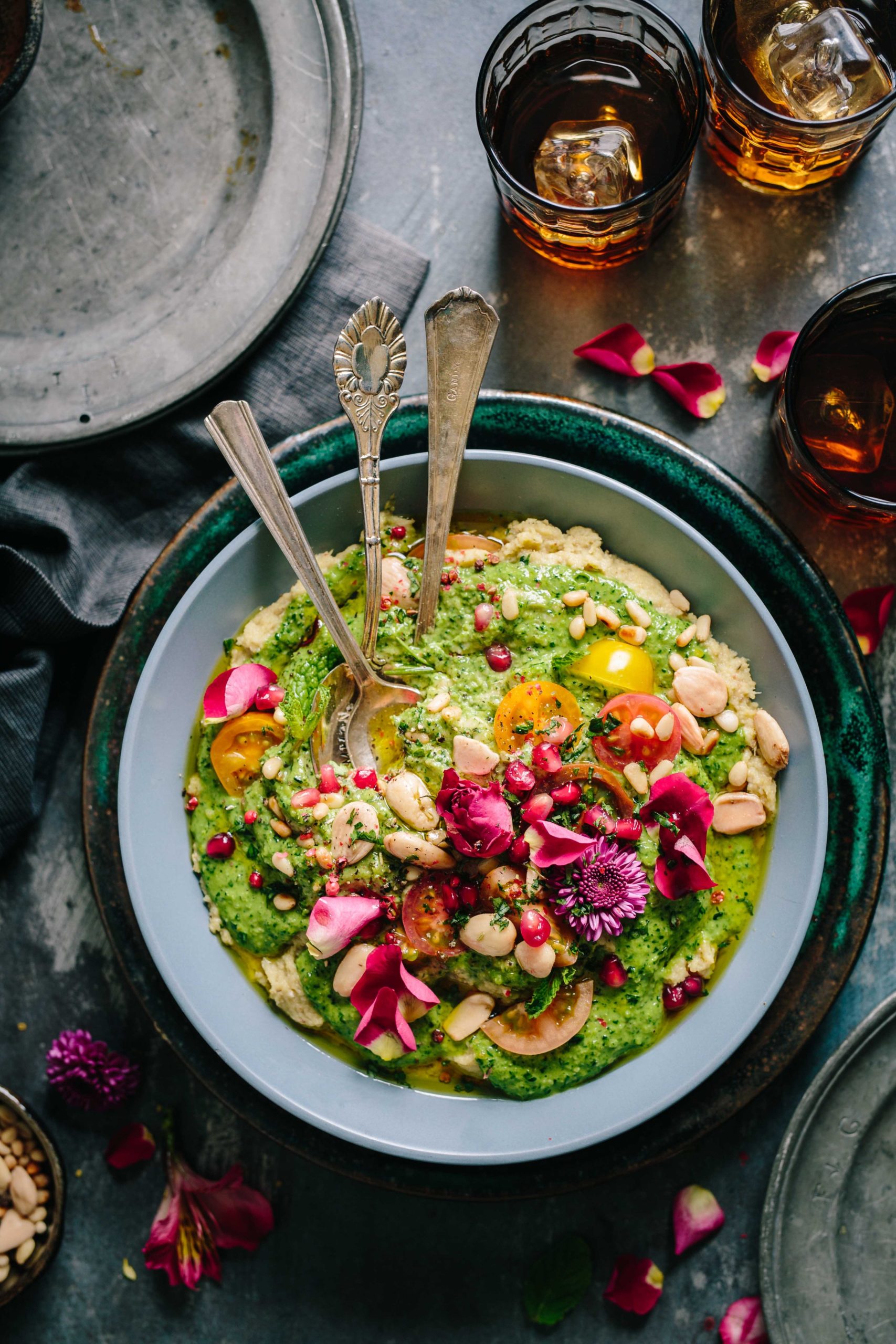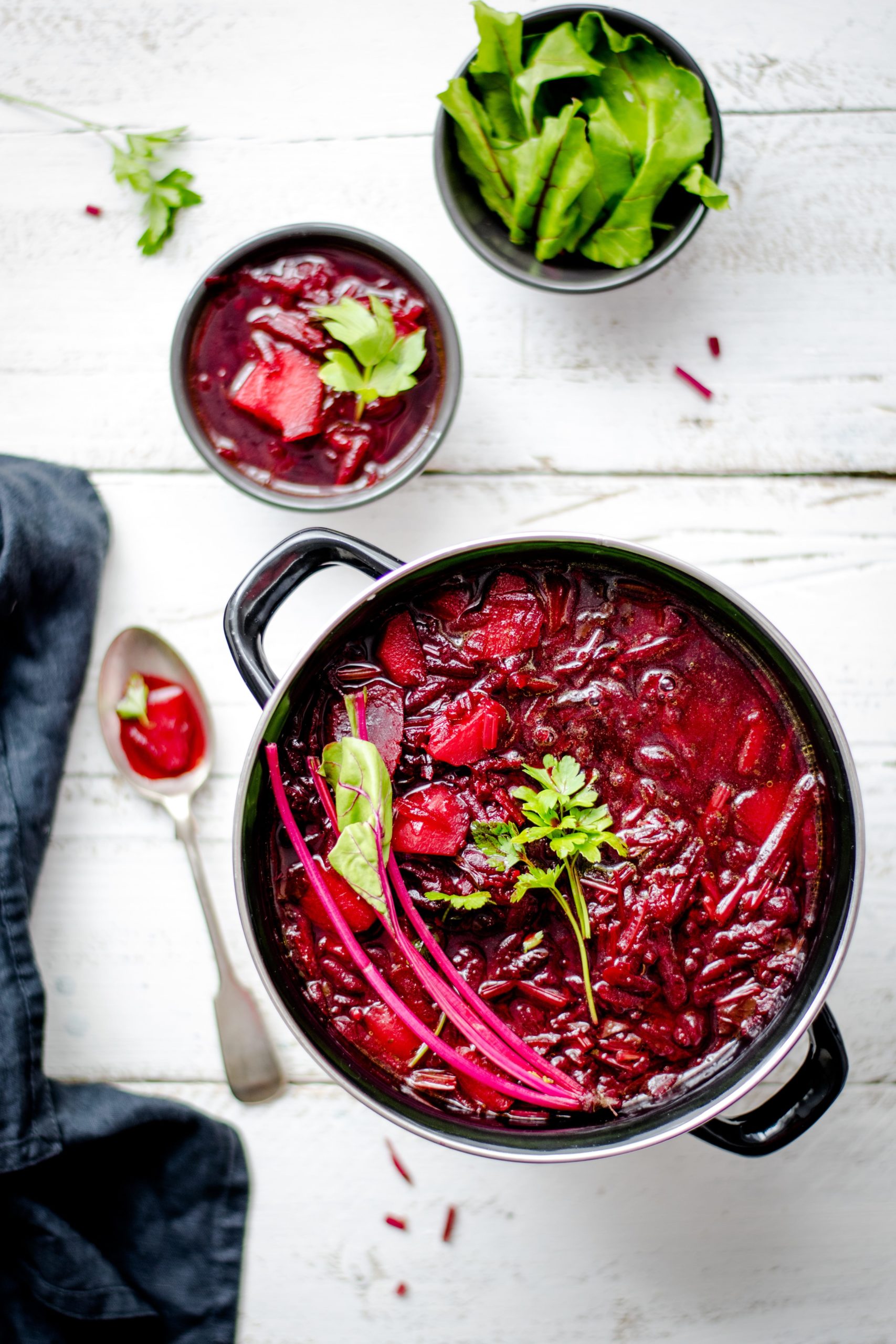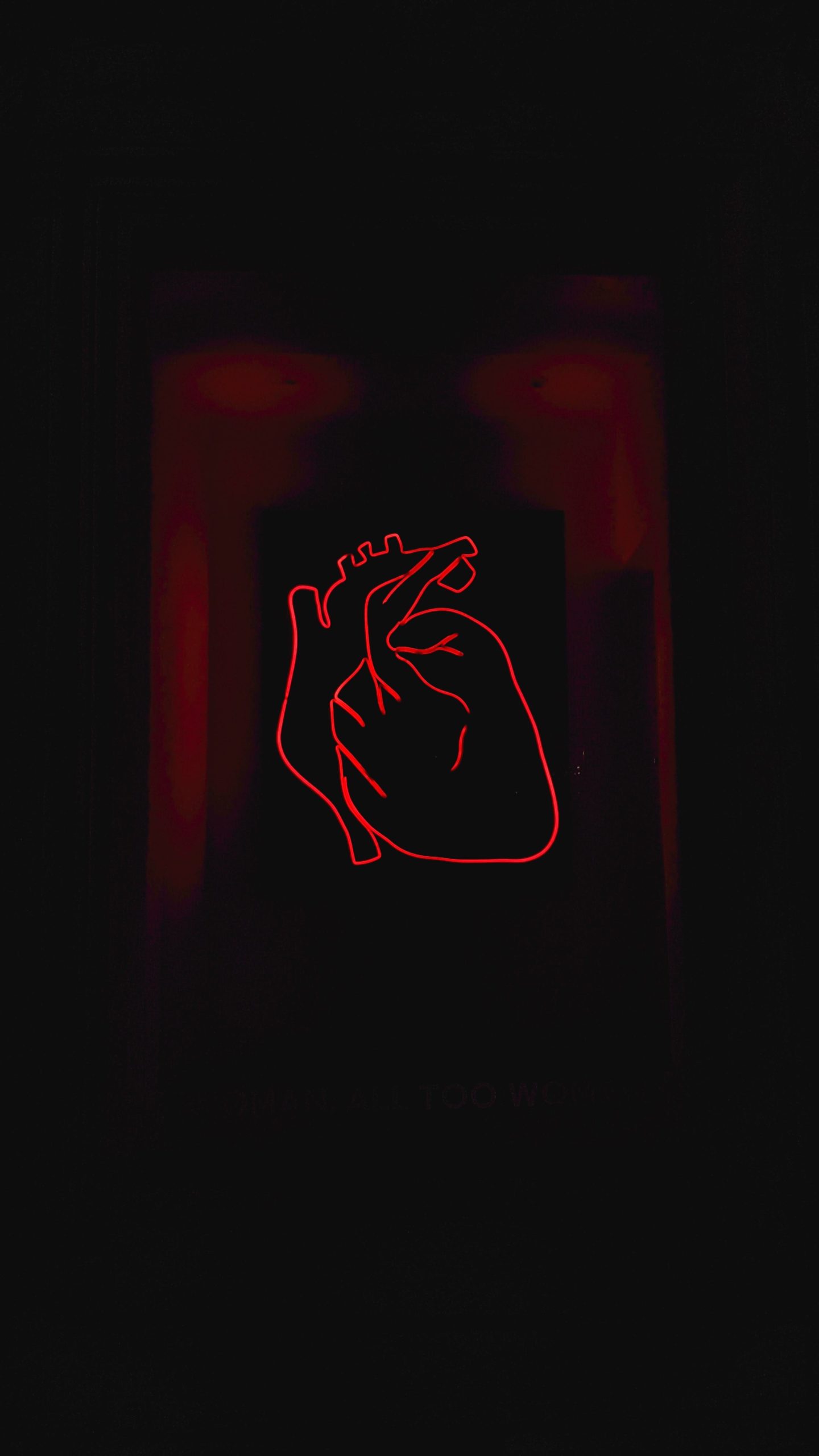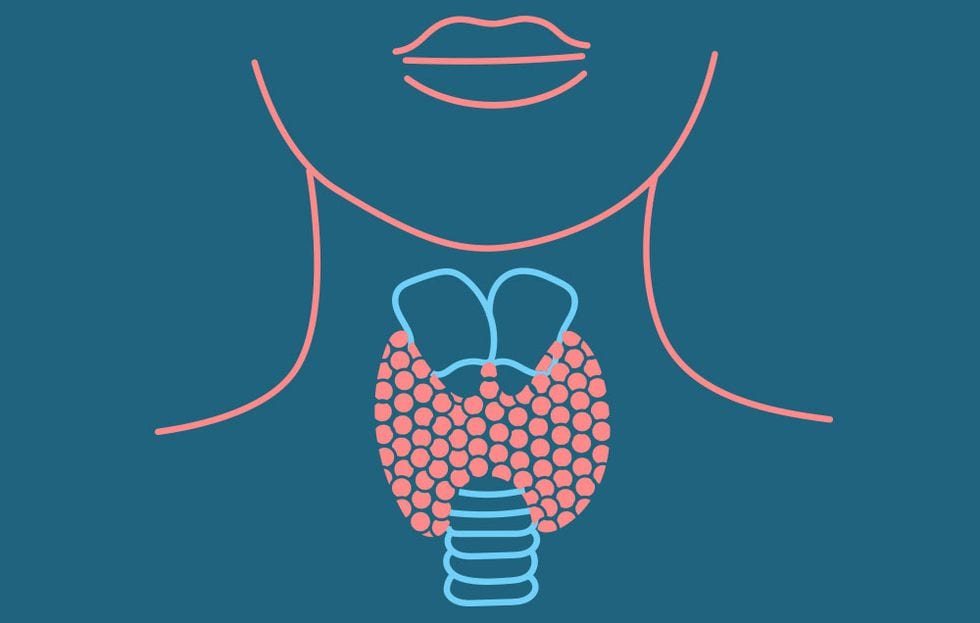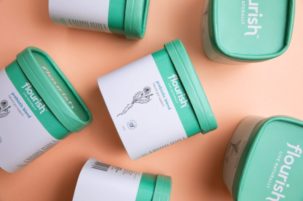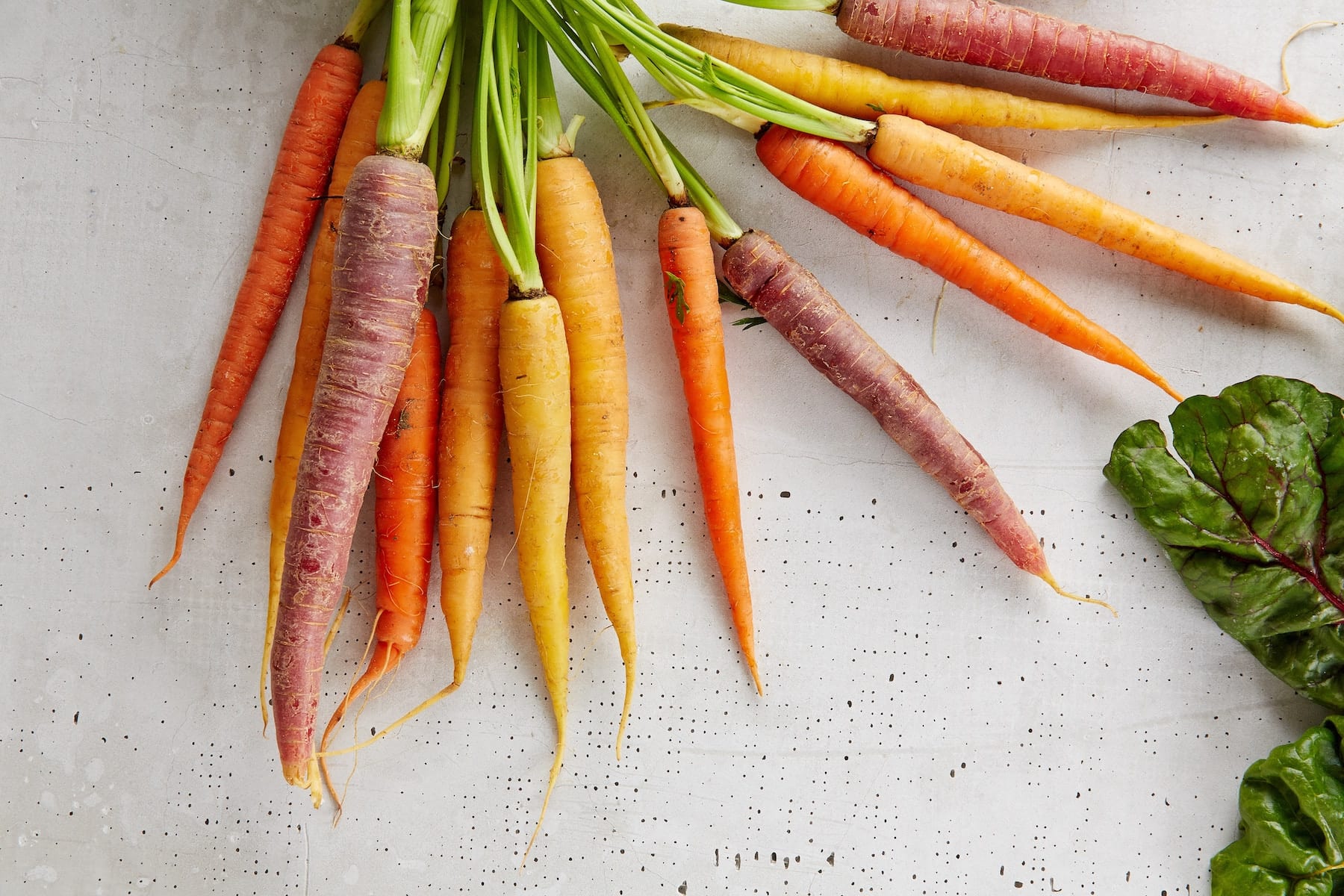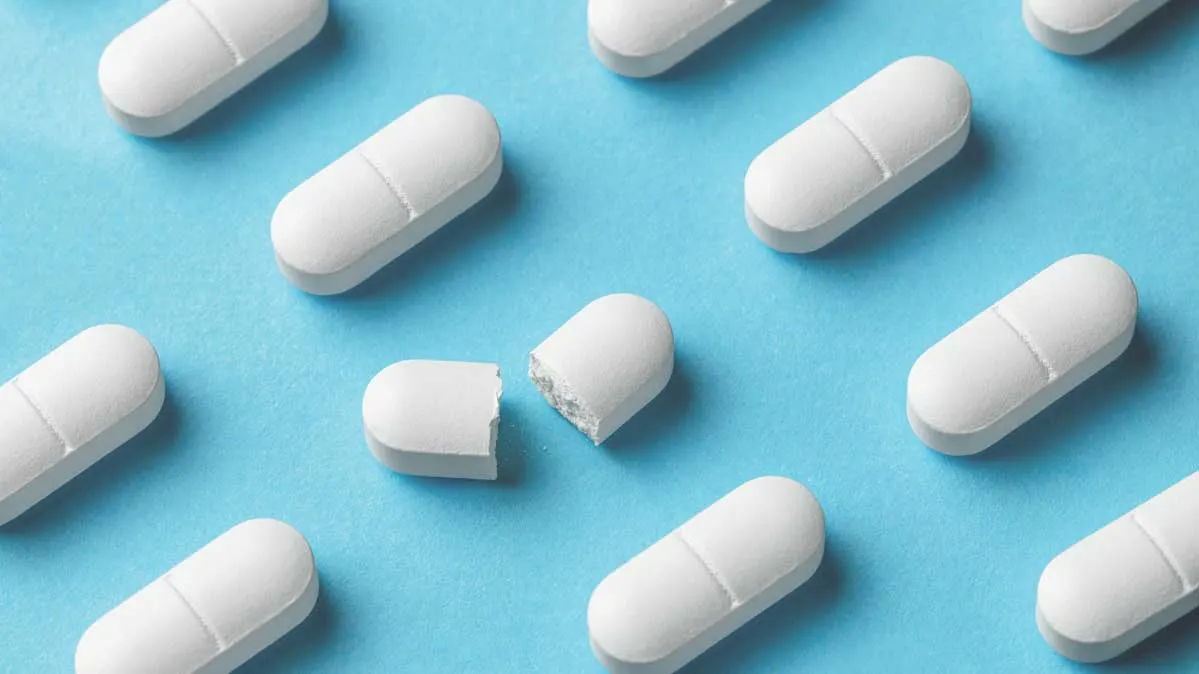Beetroot is one of only a select few vegetables with the power to cleanse your liver naturally, which makes beetroot powder a superfood.
Not only does it help with liver function, but beetroot powder also has the ability to improve athletic performance and heal fatty liver naturally. Because beetroot has so many beneficial health properties, we’re not surprised that the red veggie has earned superfood status.
With over 500 essential functions to perform within the body, the liver needs all the assistance it can get to continue working at optimum capacity. By taking a natural beetroot powder supplement like our Daily Detox blend, you can help your liver get the job done.
Beetroot powder recipes
Our beetroot powder blend is an all-natural health supplement packed with beetroot and 9 other plant-based whole foods that work together to improve liver function as well as blood, digestive and kidney health.
Taking a beetroot powder supplement also helps the cardiovascular system by increasing the release of oxygen from the blood by 20% and thereby enhancing athletic performance and endurance.
There are a huge number of everyday recipes that beetroot powder can be added to in order to ensure your liver is getting the love it deserves. Here are some of our favourites:
Detox Chia Pudding
Who doesn’t love a sweet dessert packed with nutritional goodness? Beetroot powder is what lends our Detox Chia Pudding its delicious strawberry colour and powerful liver health boost.
Thanks to the added bonus of satiating chia seeds, our Detox Chia Pudding is a tasty treat jammed with protein, fibre, Omega-3 and antioxidants.
Chocolate Smoothie
It’s easy to add healthy extras like beetroot powder to your breakfast smoothie while still maintaining that delicious fruity flavour.
Switch out the Prebiotic Blend in our Chocolate Smoothie for Daily Detox and you can wake up to a liver-loving breakfast every day of the week.
Hummus
For a yummy afternoon snack with carrots or corn chips, use roasted beet or beetroot powder to create a fast and easy hummus dip with a twist.
Add 1 flat tablespoon of Daily Detox to our favourite Hummus recipe and enjoy a nutritious pink treat that your liver will love.
Raisin Cookies
Combining raisins and beetroot powder might sound like a strange mix, but the two make a surprisingly flavourful pairing.
With an added tablespoon of Daily Detox to our Raisin Cookies recipe, you can satisfy your cookie craving and delight your liver all at the same time.
Heal and cleanse your liver with beetroot powder
There are so many different ways that you can add beetroot powder to your diet, and your liver will reap the benefits when you do. By embracing this bright superfood, you can help to detoxify and heal your body naturally.
If keeping it simple is more your style, all you have to do is stir into a glass of water a tablespoon of our Daily Detox blend and drink it down after dinner. Whichever natural way you choose to consume beetroot powder, your body and liver will benefit.

